 Insect Stamp of Poland
Insect Stamp of Poland Insect Stamp of Poland
Insect Stamp of PolandPoland established the basics of a kingdom in the ninth century, but it is divided a country in end of the 18th century by Prussia, Russia, Austria, and a name becomes extinct from the map top. It revived as the Republic of Poland in 1918, but it was occupied in 1941 by Nazis Germany, and Poles more than 5,000,000 people, a Jew were murdered. After World War II, I established a provisional government, and the Communist Party and the Socialist Party overwhelmed it in a general election of 1947 and shifted to a people's republic in 1952. A riot to demand democratization occurred in 1956 and 1970, and an independent union "solidarity" was formed in 1980 and "a solidarity" overwhelmed it by free election in 1989, and the non-Communist Party government started and changed the name of a country in the Republic of Poland, and President Walesa was born in 1990.
Two kinds of month of the savings stamps that it described a bee and an ant were issued in 1961 by this Poland.
12 kinds of large-sized insect stamps were issued in 1961. The typical insect of Europe including Apollo Parnassius is taken up. Please enjoy thoroughly 12 kinds of these wonderful insect stamps.
4 kinds of stamps which drew the honeybee in 1987 was issued.
Six kinds of dragonfly stamps were issued in 1988. Typical dragonflies including European Biddiy are taken up. It is drawn very ecologically.
Six kinds of stamps which drew the insect of the waterside in 1999 were issued. There are many things which appeared in the stamp for the first time, such as Northern Caddisfly, Stonefly, and Burrowing Mayfly, and they are one of the stamps of liking.
Poland
1961.10.2 Saving Month Stamp
 |
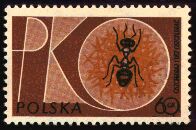 |
|---|---|
| Western Honeybee Apis mellifera (Apidae) |
Red Wood Ant Formica rufa (Formicidae) |
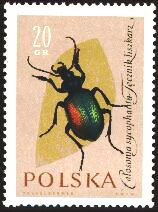 |
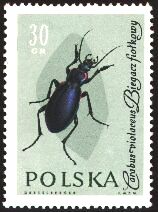 |
 |
|---|---|---|
| Calosoma Beetle Calosoma sycophanta (Carabidae) |
Violet Ground Beetle Carabus violaceus (Carabidae) |
Blue Longhorn Beetle Rosalia alpina (Cerambycidae) |
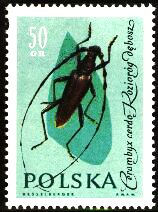 |
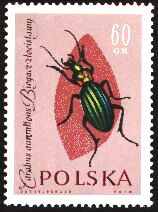 |
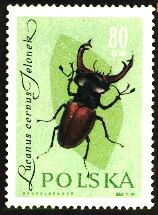 |
|---|---|---|
| Magniticent Longhorn Cerambyx cerdo (Cerambycidae) |
Metalic Beetle Carabus auronitens (Carabidae) |
European Stag Beetle Lucanus cervus (Lucanidae) |
 |
 |
 |
|---|---|---|
| Mnemosyne Parnassius Parnassius mnemosyne (Papilionidae) |
Death's Head Hawk Moth Acherontia atropos (Sphingidae) |
Scarce Swallowtail Iphiclides podalirius (Papilionidae) |
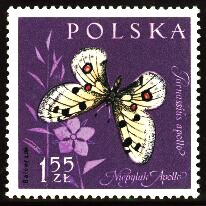 |
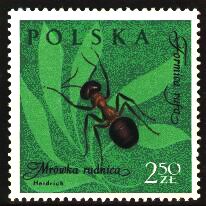 |
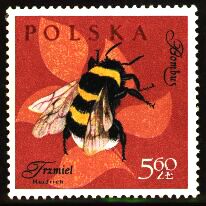 |
|---|---|---|
| Apollo Parnassius Parnassius apollo (Papilionidae) |
Red Wood Ant Formica rufa (Formicidae) |
White-tailed Bumble Bee Bombus lucorum (Anthophoridae) |
1987.8.20 31th International Congress of APIMONDIA
 |
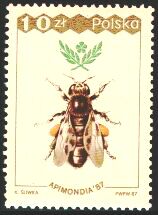 |
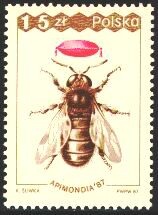 |
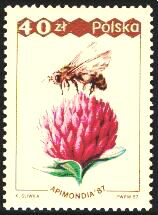 |
|---|---|---|---|
| Queen bee | Worker bee | Male bee | Worker bee |
| Western Honeybee Apis mellifera (Apidae) |
|||
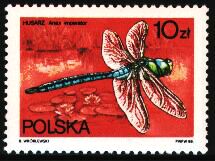 |
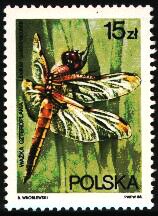 |
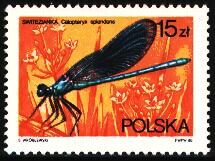 |
|---|---|---|
| Emperor Dragonfly Anax imperator (Aeschnidae) |
Four-spotted Chaser Libellula quadrimaculata (Libellulidae) |
Banded Demoiselle Damselfly Calopteryx splendens (Calopterygidae) |
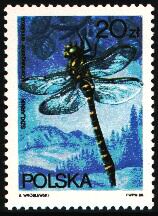 |
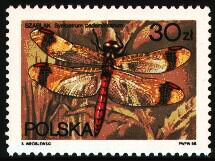 |
 |
|---|---|---|
| European Biddiy Cordulegaster annulatus (Cordulegasteridae) |
Darter Dragonfly Sympetrum pedemontanum (Libellulidae) |
Green Hawker Aeshna viridis (Aeschnidae) |
 |
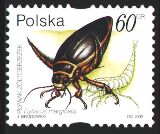 |
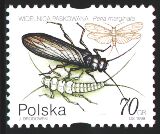 |
|---|---|---|
| Back Swimmer Corixa punctata (Notonectidae) |
Eupopean Great Diving Beetle Dytiscus marginalis (Dytiscidae) |
Predatory Stonefly Perla marginata (Perlodidae) |
 |
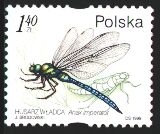 |
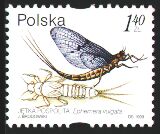 |
|---|---|---|
| Northern Caddisfly Limnophilus limnophilus (Limnephilidae) |
Emperor Dragonfly Anax imperator (Aeschnidae) |
Burrowing Mayfly Ephemera vuigata (Palingeniidae) |
 NEXT
NEXT
 to Stamp
to Stamp
 to HomePage
to HomePage